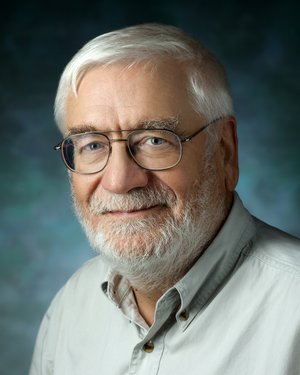Research Summary
The Niebur lab constructs quantitative models of biological nervous systems that are firmly based on their neurophysiology, neuroanatomy and behavior. The lab’s main interest is neuronal function at the system level, reflecting the interaction of subsystems to generate useful behavior. Modeling is particularly important for understanding this and other systems-level functions, since it requires the interaction of several pathways and neural functions.
One of the functions studied is selective attention, which is the capability of higher animals to scan sensory input for the most important information and to discard all other. The lab constructs models of the neuronal basis of visual selective attention by simulating them on digital computers and comparing the results with data obtained from the visual and somatosensory systems of primates. Particular attention is paid to the mechanisms involving the implementation of neural mechanisms that make use of the temporal structure of neuronal firing, rather than just the average firing rate.
Selected Publications
Dong Y, Mihalas S, Kim SS, Yoshioka T, Bensmaia S, Niebur E. “A simple model of mechanotransduction in primate glabrous skin.” Journal of Neurophysiology 2013 Mar; 109(5):1350-1359.
Dong Y, Mihalas S, Russell A, Etienne-Cummings R, Niebur E. “Estimating parameters of generalized integrate-and-fire neurons from the maximum likelihood of spike trains.” Neural Computation 2011 Nov; 23(11):2833-67. Epub 2011 Aug 18.
Mihalas S, Dong Y, von der Heydt R, Niebur E. “Mechanisms of perceptual organization provide auto-zoom and auto-localization for attention to objects.” Proceedings of the National Academy of Sciences 2011 May 3; 108 (18), 7583
Dong Y, Mihalas S, Niebur E. “Improved integral equation solution for the first passage time of leaky integrate-and-fire neurons.” Neural Computation, 2011 Feb; 23 (2), 421–34.
Millman D, Mihalas S, Kirkwood A, Niebur E. “Self-organized criticality occurs in non-conservative neuronal networks during Up states.” Nature Physics, 2010 Oct; 6 (10), 801–805.


Patient Ratings & Comments
The Patient Rating score is an average of all responses to physician related questions on the national CG-CAHPS Medical Practice patient experience survey through Press Ganey. Responses are measured on a scale of 1 to 5, with 5 being the best score. Comments are also gathered from our CG-CAHPS Medical Practice Survey through Press Ganey and displayed in their entirety. Patients are de-identified for confidentiality and patient privacy.